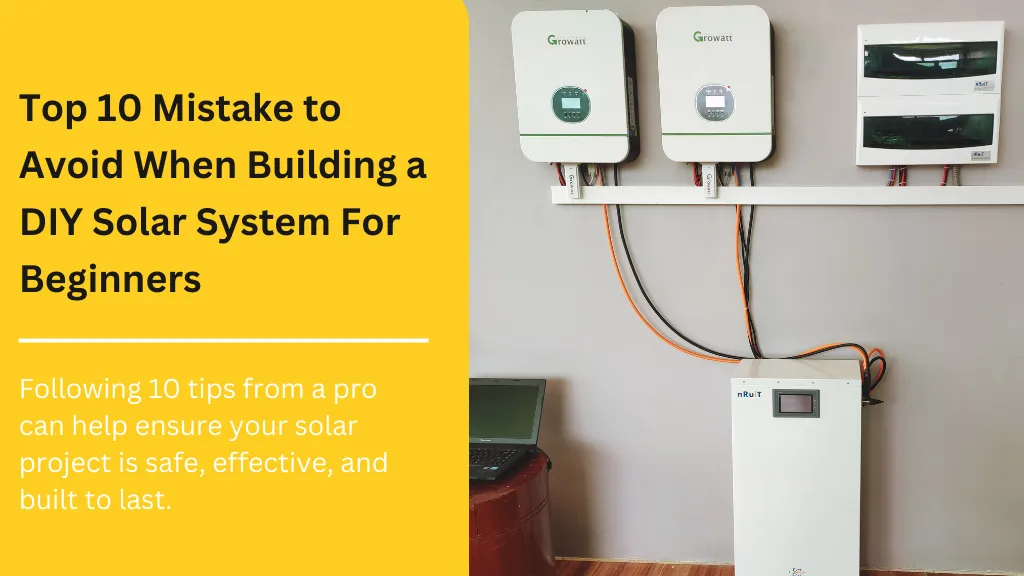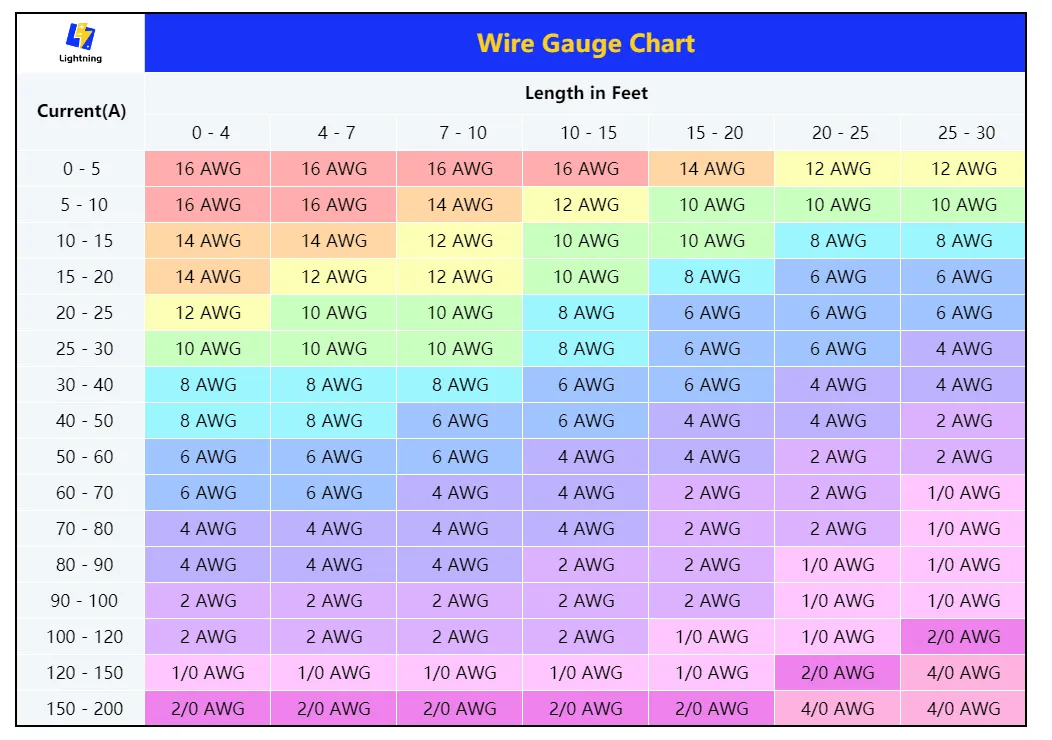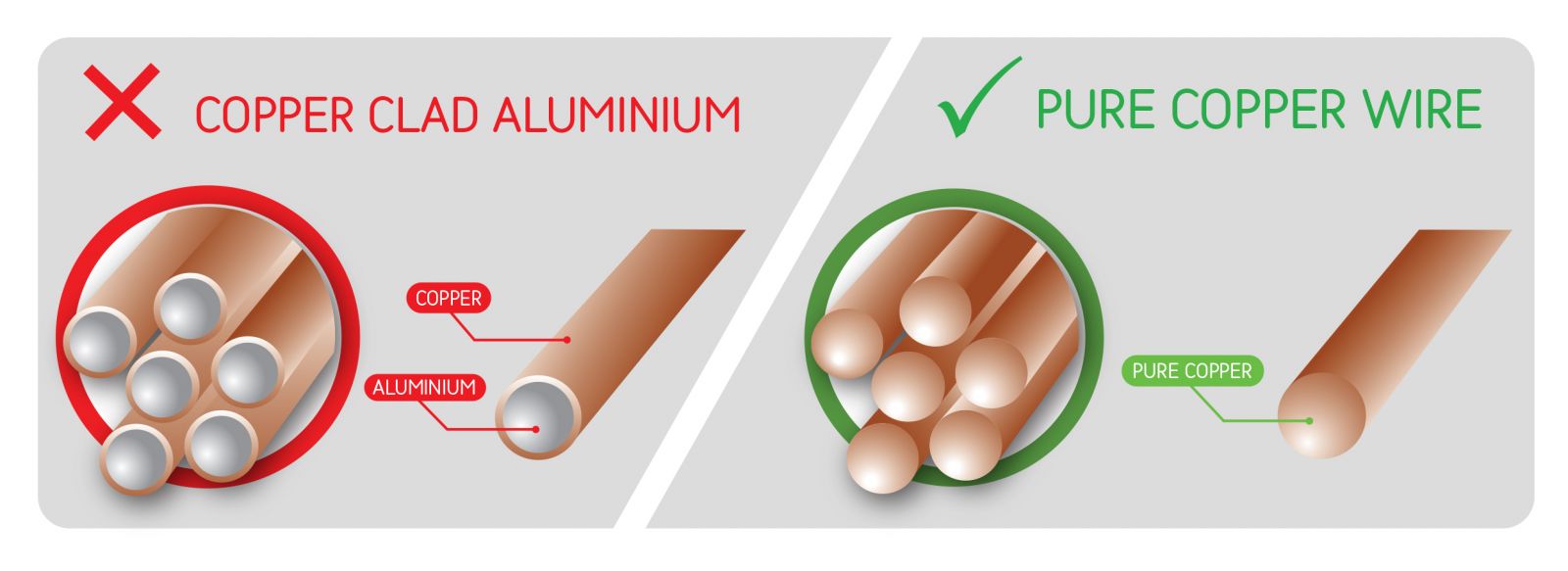EU Stock EnjoyCool Link is On Sale with $400 off!

Top 10 Mistakes to Avoid When Building a DIY Solar System For Beginners
If you’re interested in building your own DIY solar power system, it’s important to do your research to avoid costly mistakes. Here are the top 10 mistakes to avoid:
Mistake #1: Loose terminals. Loose wire connections are dangerous and can cause fires, melted components, and system failures. Always tighten terminals to the recommended torque specifications. For aluminum cells with small terminals, tighten to 4 N/m. For large terminals, use 9 N/m for 40-60 Ah cells, 20 N/m for 90-200 Ah cells, and 60 N/m for 300 Ah cells and larger. It’s a good idea to re-check tightness every 6 months.

Mistake #2: Using incorrect or low-quality tools. Invest in high-quality wire cutters, strippers, crimpers, meters, and insulated tools specifically designed for electrical work. Cheap tools won’t get the job done and can be unsafe.
Mistake #3: Improper wire sizing. Choose wire that can safely handle the current required by your system’s components. Oversizing when possible, but don’t use wire that is too large for connection points. Refer to sizing charts to determine appropriate gauge.

Mistake #4: Messy, unorganized wiring. Neatly organize, label, and bundle wiring to avoid confusion, prevent overheating, and ensure safety. Allow adequate space around connections.
Mistake #5: Soldering large lugs. Always use mechanical crimp connections for large wiring instead of soldering. Crimping creates a stronger, lower-resistance connection and does not damage wire insulation like soldering can.
Mistake #6: Using copper-clad aluminum (CCA) wire. Only use pure copper wire for solar systems. CCA wire can overheat and cause fires.

via. CABLENET
Mistake #7: Using low-quality circuit breakers. Purchase circuit breakers that are specifically rated for the system voltage to safely and effectively interrupt DC or AC current as needed.

via. Renogy
Mistake #8: Building a system that cannot be scaled up. Design the system with oversized components like busbars, wiring, and charge controllers so you have the flexibility to add more batteries or solar panels in the future.
Mistake #9: Not enough batteries or solar panels. Make sure you have adequate energy storage and generation capacity to prevent depleting batteries or system failures. Allow for days of backup supply.
Mistake #10: Connecting a solar string to a device without checking the voltage. Always verify the voltage of a solar string before connecting it to devices to ensure it is within the proper operating range. Too high or too low voltage can damage components.
With the right precautions taken and quality components used, installing your own DIY solar system can be very rewarding. But beginners should start small, learn the basics, and have resources like this handy to minimize mistakes and frustration. Following these tips from a pro can help ensure your solar project is safe, effective, and built to last.
